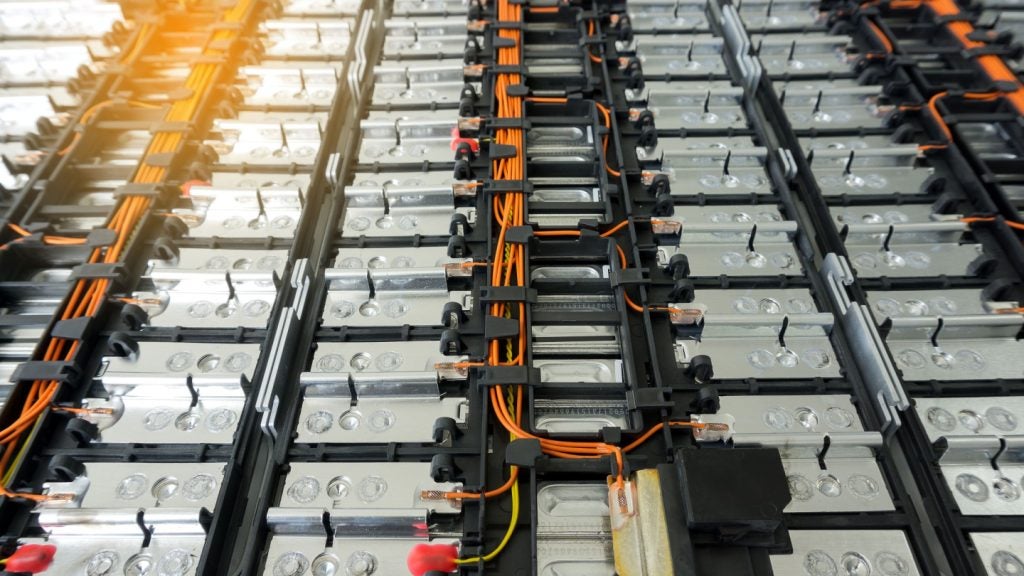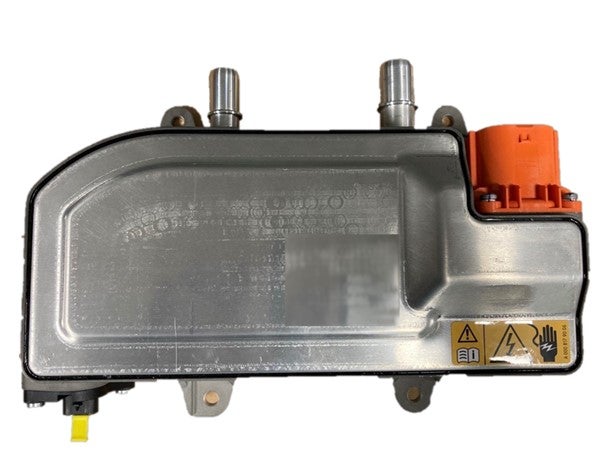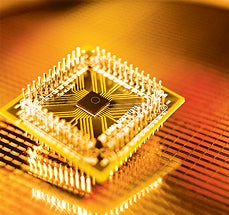New vehicle sales in Japan rose 8.5% to 379,053 units in July 2023 compared with 349,335 units a year earlier, according to the Japan Automobile Manufacturers Association (JAMA).
The vehicle market began to recover from the pandemic lows in the second half of last year, helped by improved semiconductor supplies which enabled domestic vehicle manufacturers to significantly increase output.
Economic activity continued to strengthen in recent months from the weak year-earlier level with second quarter GDP data expected to show year on year growth of 3.1% when it is released later this month, up from 2.7% in the first quarter and driven by strong consumer spending and fixed investment.
In the first seven months of the year, the market expanded 16% to 2,829,653 units after declining 14% to 2,435,513 YTD 2022, with passenger vehicle sales rising 18% to 2,368,691 units while truck sales were 6% higher at 456,44 units.
Sales of buses and coaches surged 48% to 4,513 units as the segment continued to recover from the Covid lockdowns.
Toyota sales increased 30% to 958,873 units year to date following severe supply chain shortages last year while Suzuki sales rose 14% to 384,229 units; Daihatsu 344,188 (+9%); Honda 329,662 (-3%); Nissan 292,188 (+9%); and Mazda 114,855 (+22%).
















